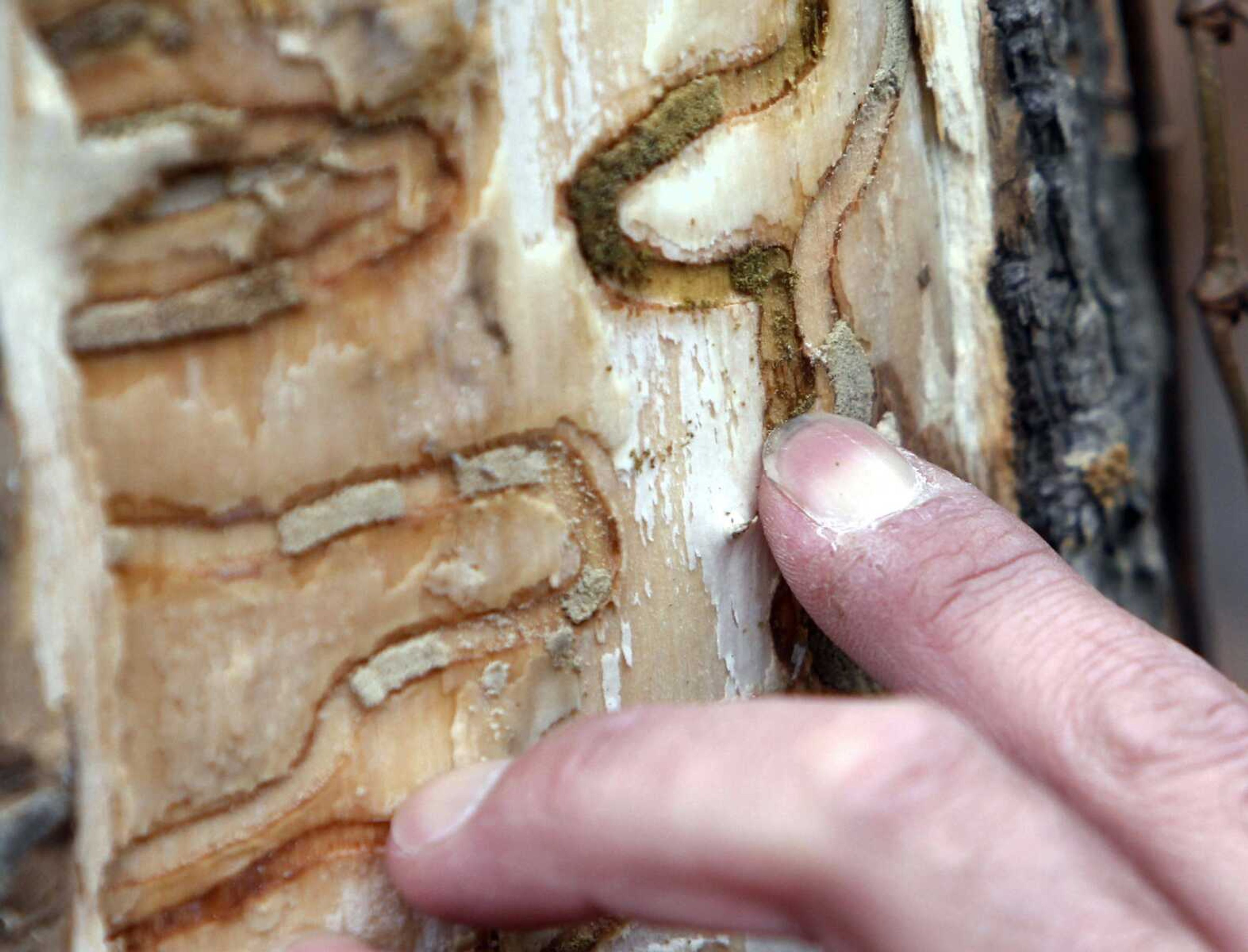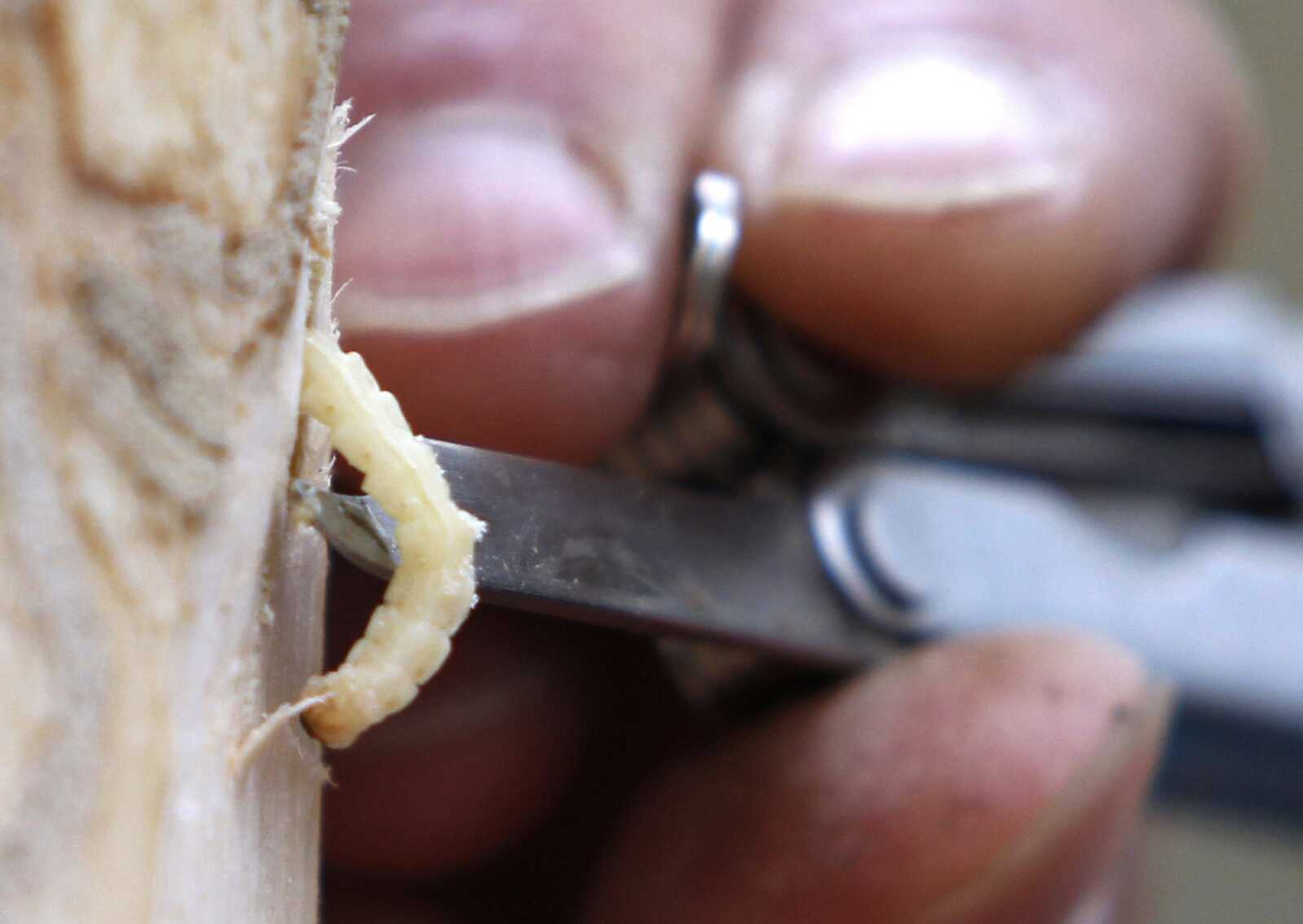PETERSHAM, Mass. -- In a towering forest of centuries-old eastern hemlocks, it's easy to miss one of the tree's nemeses.
No larger than a speck of pepper, the Hemlock woolly adelgid spends its life on the underside of needles sucking sap, eventually killing the tree.
The bug is one in an expanding army of insects draining the life out of forests from New England to the West Coast.
Aided by global trade, a warming climate and drought-weakened trees, the invaders have become one of the greatest threats to biodiversity in the United States.
Scientists said they already are driving some tree species toward extinction and are causing billions of dollars a year in damage -- and the situation is expected to worsen.

"They are one of the few things that can actually eliminate a forest tree species in pretty short order -- within years," said Harvard University ecologist David Orwig as he walked past dead hemlocks scattered across the university's 5.8-square-mile research forest in Petersham.
This scourge is projected to put 63 percent of the country's forest at risk through 2027 and carries a cost of several billion dollars annually in dead-tree removal, declining property values and timber industry losses, according to a peer-reviewed study this year in Ecological Applications.
That examination, by more than a dozen experts, found hundreds of pests have invaded the nation's forests, and the emerald ash borer alone has the potential to cause $12.7 billion in damage by 2020.
Insect pests, some native and others from as far away as Asia, can undermine forest ecosystems. For example, scientists say, several species of hemlock and almost 20 species of ash could nearly go extinct in the coming decades.
Such destruction would do away with a critical sponge to capture greenhouse gas emissions, shelter for birds and insects and food sources for bears and other animals. Dead forests also can increase the danger of catastrophic wildfires.
Today's connected world enables foreign invaders to cross oceans in packing materials or on garden plants and then reach American forests.
Once here, they have expanded their ranges rapidly.
While all 50 states have been attacked by pests, experts say forests in the Northeast, California, Colorado and parts of the Midwest, North Carolina and Florida are especially at risk. Forests in some states, such as New York, are close to major trade routes, while others, such as Florida, house trees especially susceptible to pests. Others, including New Hampshire, Massachusetts and Maine, are experiencing record warming.
"The primary driver of the invasive pest problem is globalization, which includes increased trade and travel," Andrew Liebhold, a Forest Service research entomologist in West Virginia. "But there are cases where climate change can play an important role. As climates warm, species are able to survive and thrive in more northerly areas."
Connect with the Southeast Missourian Newsroom:
For corrections to this story or other insights for the editor, click here. To submit a letter to the editor, click here. To learn about the Southeast Missourian’s AI Policy, click here.







